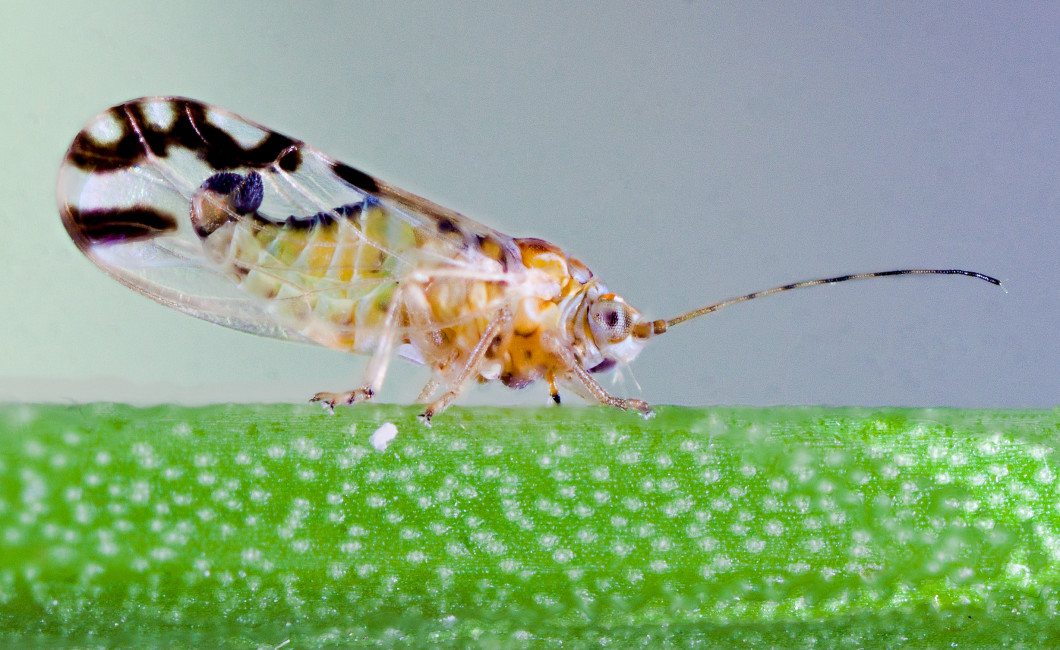Vector borne diseases (VBDs) are caused by pathogens that depend on a third party (typically an arthropod) for transmission between hosts. These elegantly tuned systems are built on intimate interactions between pathogens, hosts, and these vectors.
Take malaria: there are millions of cases of malaria each year, but the making of each case is an apparent miracle. First, a female Anopheles must locate and feed on a human harbouring the correct stage of malaria parasites in their blood. The parasite must be taken up by the female mosquito. Once inside of the female the parasite must undergo several obligate stages of development. The parasite will sexually reproduce and then asexually replicate inside of the mosquito for several days and only then will she contain the appropriate stage of parasite to pass on to a new host. This process takes up to two weeks. The mosquito then needs to find a new human host and successfully feed on them. When you consider the high rates of daily mortality in mosquitoes (estimated at 10-15%/day) and the proportion of humans and mosquitoes that are actually infectious at any given time (<10%), it seems almost impossible that transmission ever occurs at all. Yet this seemingly impossible set of dominos line up and fall over and over again to create one of the most serious challenges in global health.
What is even more stunning is that malaria is not special. This strategy for transmission has evolved independently several times. These cycles occur across a dazzling array of diverse systems including insects, mites, ticks, plants, animals, humans, viruses, protozoans, and worms. Despite many of the world’s most medically and economically diseases depending on this form of transmission, we have a relatively simplistic understanding of these cycles and the rules that govern them.
Historically, the role of a vector in transmission has been highly simplified. Simple is not necessarily bad. When modelling complex processes it is important to balance simplicity with accuracy. However, recent empirical work across mosquitoes, ticks, aphids, and numerous other vectors has revealed significant variation in the behaviour and life history strategies of these animals. Is this variation important to understanding transmission of VBDs?
Currently we really have no idea. Intuitively, it seems that the behavioural ecology of a major player in the transmission cycle should have a significant effect on dynamics. However, all this variation could simply collapse to the mean values we currently use.
There several obstacles to determining the role of vector traits in transmission ecology:
We need data. We need more data about variation in vector behaviour and life history. We need this data to be collected at scales and in formats that are useful for modelling exercises. We also need long term data sets of vector populations and transmission dynamics. Some of these data sets exist, but we need to consolidate what we currently have and identify key gaps in empirical studies.
We need theoretical tools. We need models with explicit links between behavioral phenotypes, life history and environment. We need to be able to consider the eco-evolutionary feedback between these traits, vector population dynamics and their effect on transmission.
We need statistical methods to validate new approaches. In the end, even if we create new models and parameterize them with new data, we still lack methods to validate them. New tools will need to be developed to determine whether the new approaches we develop are any better at explaining transmission dynamics than those that have ignored trait variation.
In recognition of these obstacles we have formed the Vector Behavior in Transmission Ecology (VectorBiTE) Research Collaboration Network. Over the next 5 years, we plan to bring together entomologists, ecologists, epidemiologists, statisticians, and modellers to tackle these obstacles. The website will include database, code repository, and community resources. We will host annual meetings and workshops. VectorBiTE is a platform for bringing together those work on these problems to consolidate data, argue ideas, and promote progress. By working across fields and developing new tools we hope to clarify the role of vector traits in transmission and improve our understanding of VBDs.

